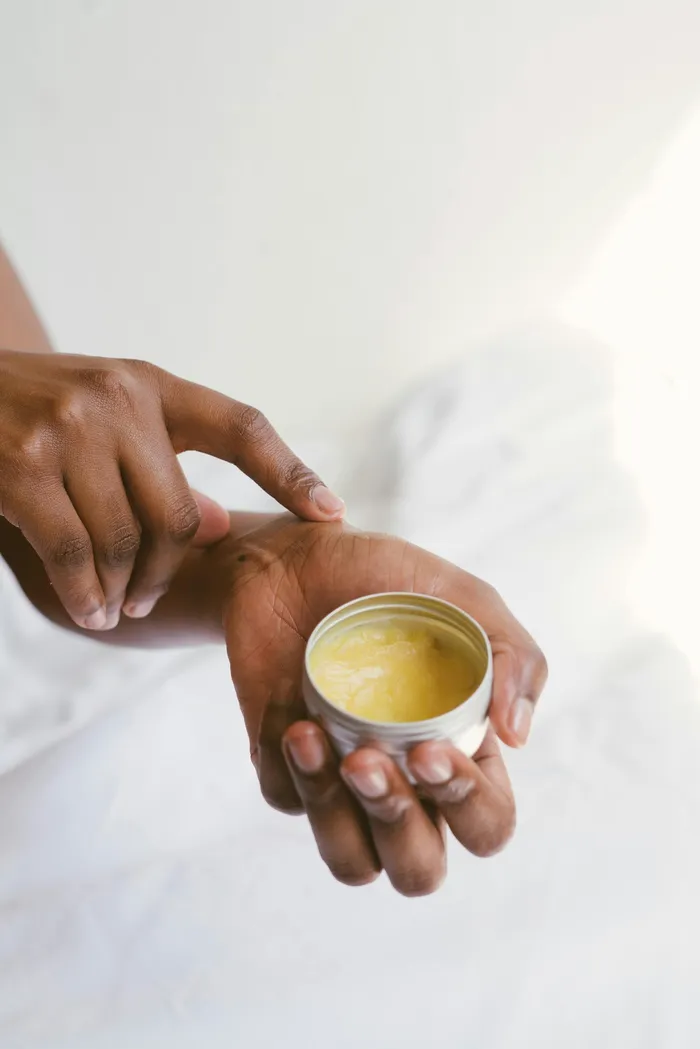Exercise your way to better bone health this World Osteoporosis Day
Bone health

Consuming certain nutrients helps reduce the risk of osteoarthritis and osteoporosis.
Image: Nashua Volquez-Young/Pexels
WITH osteoporosis often dubbed the "silent disease," awareness and prevention are crucial in mitigating this serious health concern that contributes to increased fracture risks worldwide. And as World Osteoporosis Day approaches on October 20, Affinity Health, a prominent provider of quality health cover, is emphasising the essential role that exercise plays in safeguarding and enhancing bone health.
According to the International Osteoporosis Foundation (IOF), approximately one in three women and one in five men aged 50 and over will likely experience an osteoporotic fracture during their lifetime.
“Osteoporosis often develops without symptoms until a serious fracture occurs, which can be life-changing,” warns Murray Hewlett, CEO of Affinity Health.
Fortunately, there is compelling evidence that regular physical activity is one of the most effective ways to build stronger bones, enhance balance, and reduce the likelihood of falls. “By incorporating movement into your daily routine, you can actively protect your bone health at any age,” Hewlett advises.
Understanding bone density
Bone density is a measure of bone strength and thickness. As we age, bone mass naturally declines, especially in women post-menopause due to decreasing oestrogen levels.
This reduction in density results in brittle bones, making them susceptible to fractures from minor accidents or even routine activities.
Various lifestyle factors accelerate bone loss, including inadequate diet, smoking, inactivity, and excessive alcohol consumption.
To combat these influences, adopting bone-friendly habits such as regular exercise becomes paramount.
Why exercise matters for bones
Exercise is beneficial not just for muscles but also for bones; they adapt and become stronger when subjected to physical stress.
Engaging in regular exercise activates bone-building cells, boosts circulation, and reinforces the muscles that provide support and protection to the bones.
Furthermore, exercise enhances balance and co-ordination, significantly mitigating the fall risk — an enormous concern for individuals suffering from osteoporosis.
The best exercises for bone health
While any movement is beneficial, certain types of exercise are particularly effective in promoting bone health:
Weight-bearing exercises: Activities such as walking, jogging, hiking, dancing, and tennis apply stress to bones, stimulating their growth.
Resistance training: Using weights, resistance bands, or bodyweight exercises like squats and push-ups can strengthen both muscles and bones alike.
Balance and flexibility training: Practices such as yoga, Pilates, or tai chi enhance stability, lowering the risk of falls.
Low-impact options: Swimming and cycling maintain fitness and safeguard joint health, although they have less direct influence on bone density.
Tips for building stronger bones
Building strong bones is essential, and it's never too late to start. Here are several strategies to consider:
Start early but never too late: The bone strength developed in youth is invaluable, yet exercise benefits individuals of all ages.
Be consistent: Aim for at least 30 minutes of weight-bearing or resistance exercise most days of the week.
Mix it up: Combine strength, balance, and weight-bearing activities for maximum protection.
Seek guidance: Consult healthcare professionals before beginning a new exercise routine, especially if suffering from osteoporosis or other health conditions.
Stronger bones, healthier you
While exercise is a vital aspect of bone health, it should be part of a comprehensive lifestyle strategy:
Nutrition: Consume calcium-rich foods (dairy, leafy greens, fortified plant-based alternatives) and ensure adequate vitamin D intake through diet, supplements, or safe sun exposure.
Avoid harmful habits: Smoking and excessive alcohol consumption weaken bones, necessitating avoidance.
Maintain a healthy weight: Being underweight raises fracture risks, while excess weight puts additional strain on bones and joints.
Stay flexible and steady: Good posture, stretching, and balance exercises can reduce fall risk, particularly in older adults.
Screen regularly: Bone density scans are essential for detecting early bone loss and facilitating timely medical intervention, especially vital for post-menopausal women and older adults.
World Osteoporosis Day serves as an important reminder that bone health should be a priority beyond the elderly; it’s essential for all.
Simple yet consistent measures — such as regular exercise, a balanced diet, and routine health checks — can help stave off osteoporosis and its associated fracture risks.
“As a society, we often take our bones for granted, until a fracture occurs,” concludes Murray Hewlett. “By focusing on prevention through exercise, nutrition, and regular check-ups, we can all build stronger bones and live healthier, more active lives well into the future.”